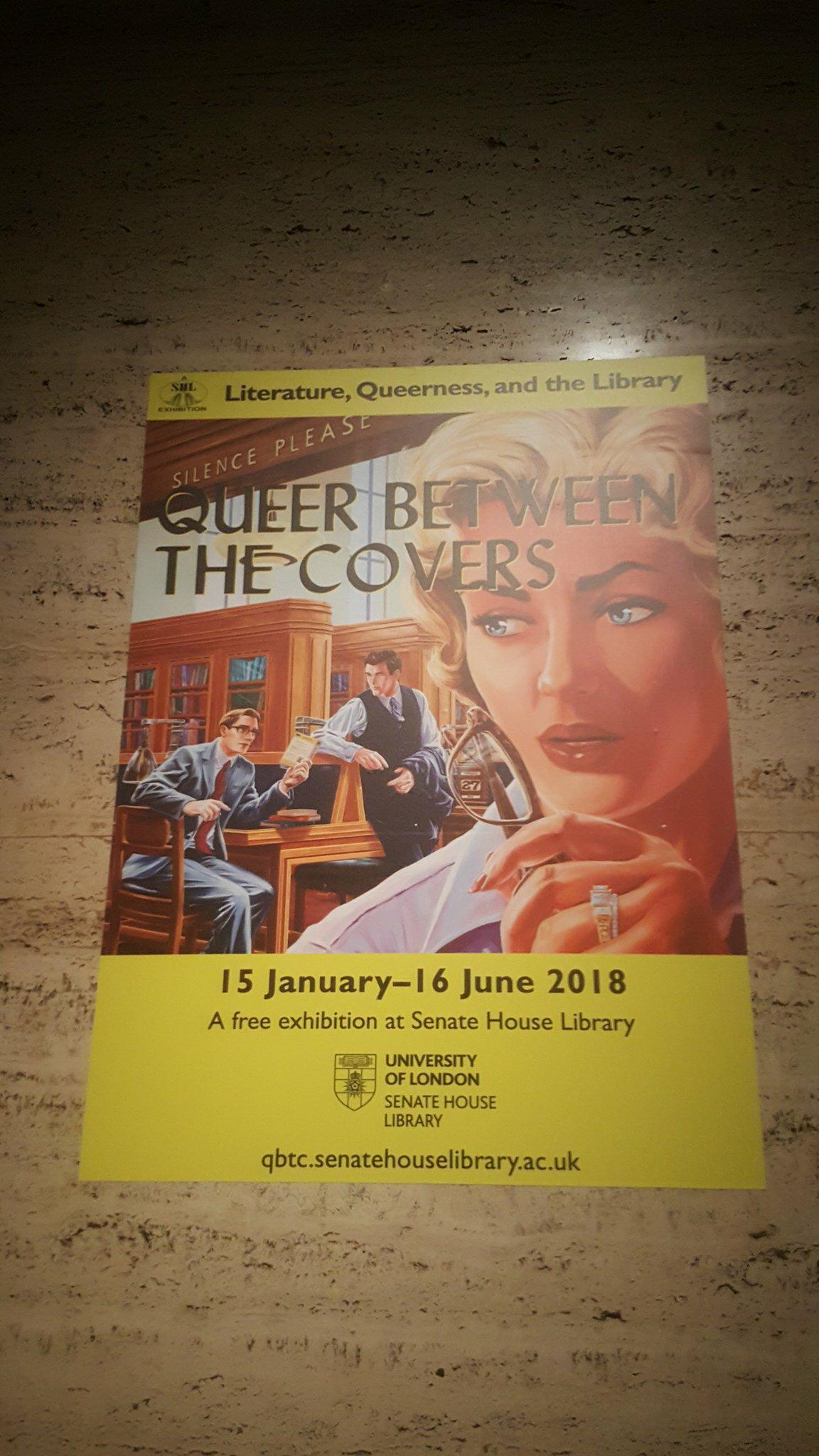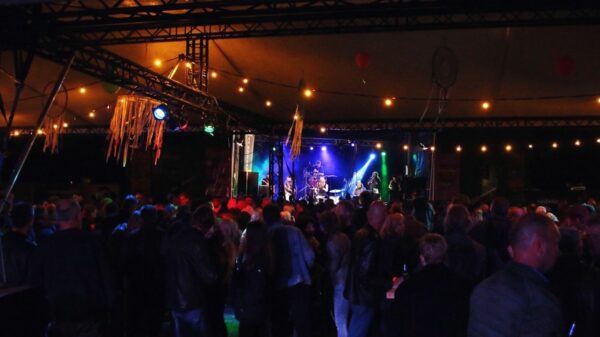
Photo Credit: Sophie Perry
Queer fiction isn’t a genre, per say.
If we are being strict about it, then literary genres must be defined by certain elements or characteristics such as literary technique, tone, style, content or length. A work of queer fiction is only a work of queer fiction because it has queer characters or themes, it is not necessarily tied to one singular genre. As it is, a work of queer fiction can be a work of romantic fiction, a work of tragedy, a work of fantasy or any other genre a writer may choose to pursue.
This being noted, if you are to look on Amazon or in any large book store you will see a ‘Gay & Lesbian’ or ‘LGBTQ’ section for fiction, non-fiction and audiobooks. This being because people who identify as LGBTQ want to see themselves represented in stories and the more accessible, the better. However, this accessibility that booksellers are now providing queer people with hasn’t always been the case. Historically speaking writing about, and publishing work on, queer relationships was often just as illegal as the act itself.
It is with this in mind that the Queer Between the Covers exhibition at Senate House Library attempts to navigate 250 years of queer literature, through exhibiting 50 carefully selected works from the library’s own collection. As the Exhibition Curator’s Richard Espley and Leila Kassir assert in the exhibition’s catalogue, Queer Between the Covers aims to ‘demonstrate that despite a legal insistence on sexual activity, it has been between the covers of books that struggles for acceptance, liberation and repression have been waged’.
Situated in the heart of London, near Russell Square, Senate House Library is the central library for the University of London and School of Advanced Study. As an academic resource the library houses more than two million books, 50 special collections and 1,800 archival collections.
It is from these vast collections that the 50 works featured in the exhibition come, for the exhibition does not aim to be a representation of the entirety of queer literature but instead highlight what one library has collected over the years. The various works featured in the exhibition range through works of satire, manuscripts, novels and pulp fiction book designs, as well as rare editions of works by famous queer authors such as Oscar Wilde and Virginia Woolf. These works are then displayed across six different sections which are entitled ‘Before Wilde (Pre-1850)’, ‘Uranians, 1860-1930’, ‘The Age of Wilde’, ‘Publishing Queer in the Twentieth-Century’, ‘Postwar’ and ‘Towards Liberation’.
I had the pleasure of visiting Queer Between the Covers for Roar. Entering Convocation Hall on the 4th floor of Senate House, where the exhibition is displayed, I was met with a number of neatly organised glass display cabinets each of which held the exhibitions comprehensively organised works within their different sections.
Moving around the room amongst over 300 years’ worth of queer literature it is hard not draw comparisons between the ‘then’ and ‘now’. It is difficult not to look at works by authors such as Oscar Wilde, who is perhaps one of the most pivotal figures in paving the way for queerness in the arts, and draw parallels to our freedom of expression. It is impossible not to acknowledge that at one point in time or another the content of all of these works, or the physical works themselves, were illegal.
With these things considered I find it quite easy to conclude what my two favourite works from the exhibition are. Both are from the ‘Towards Liberation’ section of Queer Between the Covers, the first being a Danish children’s book by Susanne Bösche called Jenny Lives with Eric and Martin (1981) and the second an interactive sex-education book by Joani Blank and Maria Quackenbush called The Playbook for Kids About Sex (1980). Information provided for the exhibition describes how Bösche hoped ‘that children with gay parents would identify with 5-year-old Jenny, who lives with her Dad and his partner’. The book is incredibly simplistic in its nature, featuring photographs of the family and simple sentences which provide a positive image of queer parents as ‘normal’ in time when it still carried a heavy prejudice. Blank and Quackenbush’s sex-education book is aimed at pre-pubescent children and has a variety of helpful information that ranges far beyond just intercourse. One section of the book deals with issues of gay, lesbian and bisexuality where cartoon pictures of same-sex male and female couples illustrate what these relationships look like. Throughout the book the children are asked to consider and fill in answer boxes for the question “what do you think?†– helpful for children for may have queer feelings they are struggling to understand and identify.
Queer Between the Covers is not just an exhibition, though. In order to explore the exhibition’s themes more thoroughly Senate House Library is working with a number of partners to host a range of events throughout the season. Some of which include:
- Queer Between the Covers guided walk of Bloomsbury relating to works in the exhibition – led by Queer Tours of London
- 7 Film screenings including - BFI Britain on Film: LGBT in Britain and LGBT films ranging from 60s classics to recently released films from the Senate House Library collection
- Poetry and music events – including a live choral performance
- Wikipedia Editathon
- Queer Publishing Conference – lectures & talks on the world of Queer Publishing
Alongside this the Library has created a fantastic online resource where you can submit information on your favourite queer book, for example how it may have shaped your own queer identity. These submissions are then added to an online bookshelf which can be accessed by the public.
Overall, Queer Between the Covers was a fascinating exhibition, providing real insight into literature, and widening the knowledge of anyone who chose to visit.
















